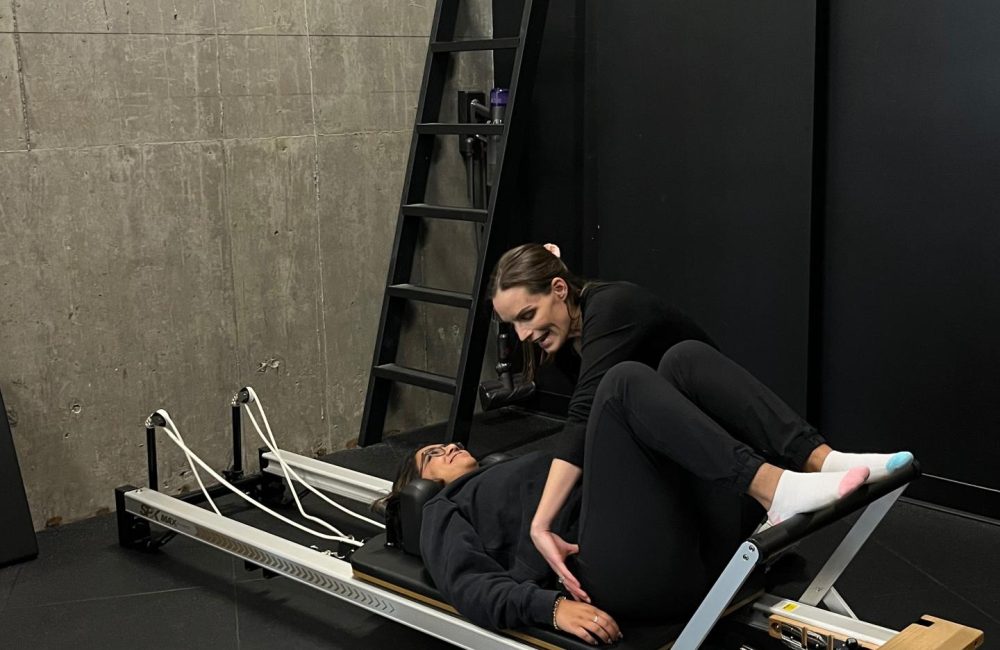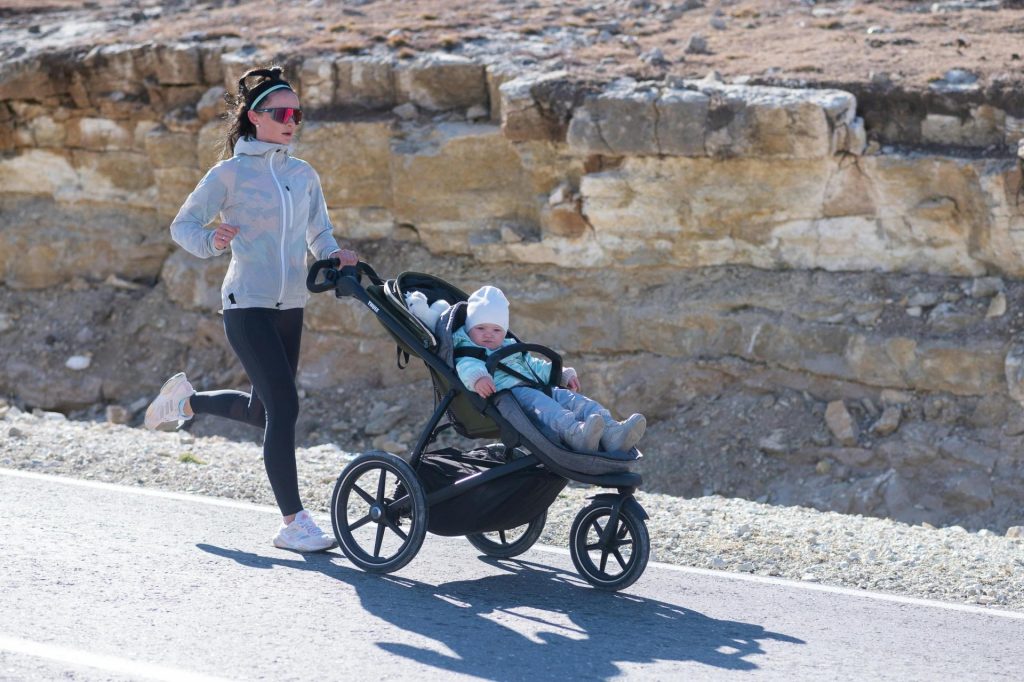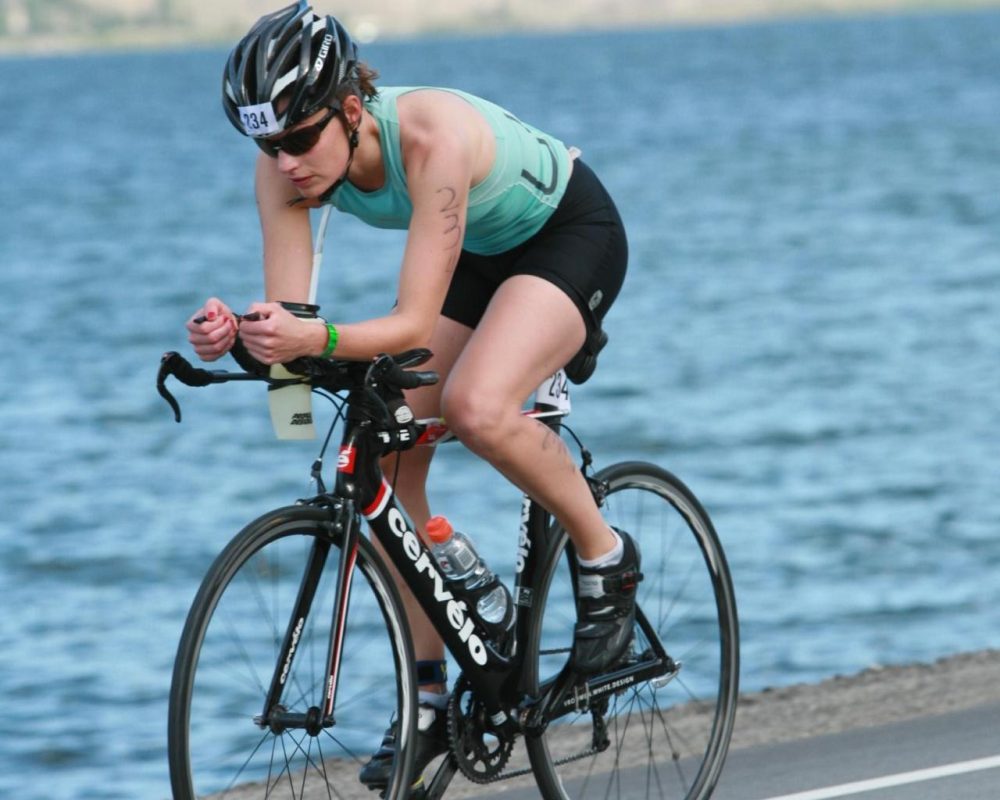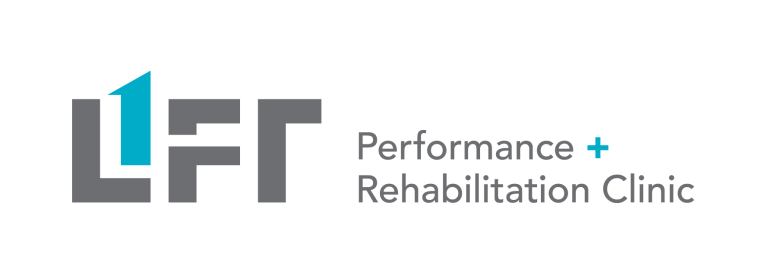A Mother's Day reflection on healing, movement, and reclaiming your strength
To all the moms out there—whether you’re navigating sleepless nights, stroller walks, or your first steps back into training—we see you. This journey takes strength, patience, and support. In honour of Mother’s Day, we’re sharing evidence-informed insights from the International Olympic Committee’s consensus on postpartum exercise to help you return to fitness in a way that’s empowering, sustainable, and right for your body.
Whether you’re easing into activity or training for high-level sport, here’s what to expect—and what to aim for—over the first year and beyond.
Weeks 0–2: Rest, Recovery, and Reconnection
What’s happening:
Your body is healing—especially the pelvic floor and abdominal wall. Pain, soreness, and fatigue are common. The focus now is recovery, bonding, and listening to your body.
Movement:
Gentle walking, deep breathing, and light pelvic floor awareness are enough.
Skip the high-intensity work for now—this is about rest, not performance.
Weeks 3–6: Starting to Move Again
What’s happening:
Early tissue healing continues. Many begin feeling ready for light activity, but deep structures like fascia and nerves are still recovering.
Movement:
Continue walking, posture resets, and mobility. Begin light strength work and pelvic floor exercises with professional guidance.
Mental Wellness
Even small doses of movement can reduce postnatal depressive symptoms and improve energy. This is often a key first step in feeling like yourself again.

"Pilates played a role in my recovery following childbirth, and inspired me to undergo training in Clinical Pilates. It's a great way to retrain fitness in a safe and focused way, and complements other rehab methods and strength/sport training really well."
- Heather Camenzind, Physiotherapist and Mom
Weeks 7–12: Laying a Foundation
What’s happening:
Most soft tissues are partially healed but not yet fully strong. Cardiovascular and muscular fitness is reduced—this is normal. For some, symptoms like back pain or diastasis recti may persist—these respond well to targeted rehab.
Movement:
Gradually increase resistance, volume, and range of motion. Focus on symptom-free progress. Avoid rushing into impact or abdominal strain. Monitor for signs like incontinence, pressure, or pain—these may signal the need for focused support.
“Working with a clinician and trainer has been a great combination for many of our clients and loved ones during maternity leave. Moms often tell us that scheduled ‘me time’ and connecting with people outside your home can be really liberating. Managing your (scarce) time is important as a parent. If your goal is to be a healthy, fit, and happy mom, take a moment to plan your commitments and make arrangements to ensure you can follow through on your priorities.”
- Travis Dodds, Lift Clinic Founder and Physiotherapist
Weeks 13–52: Rebuilding Strength, Confidence, and Performance
What’s happening:
Cardiovascular systems return to baseline; fascia and abdominal strength continue improving. For some, symptoms like back pain or diastasis recti may persist—these respond well to targeted rehab.
Movement:
Increase intensity, complexity, and sport-specific drills with guidance. Clinical Pilates, strength coaching, or rehab can fill the gap between basic recovery and full return to activity.
Breastfeeding & Exercise:
High-intensity training is safe while breastfeeding. Supportive bras, good hydration, and feeding/pumping before workouts can help improve comfort.

“In personal training, we often meet moms at this stage who are ready to feel strong again—but unsure where to start. Whether your goal is energy for parenting, building back core control, or returning to sport, we’ll meet you where you’re at and progress from there.”
- Shauna & Jeanelle, Lift Clinic Kinesiologists and Strength Coaches
1 Year and Beyond: Reaching New Goals
What’s happening:
By now, you may feel fully recovered—or still working on it. Both are valid. Some Olympic-level athletes return to their peak after pregnancy—others take longer.
Movement:
Pursue strength, speed, endurance, or simply consistency. Consider reassessing with a physiotherapist or coach if symptoms linger or you feel stuck.

Final Words: A Mother’s Day Message
You don’t need to “bounce back.” You deserve to move forward—with strength, care, and confidence. Returning to fitness isn’t just about reps or mileage—it’s about rediscovering what your body can do, and doing it for yourself.
From all of us at Lift Clinic: Happy Mother’s Day! We’re here when you’re ready.
Need support?
Book a physiotherapy assessment, Clinical Pilates session, or complimentary training consult today!
